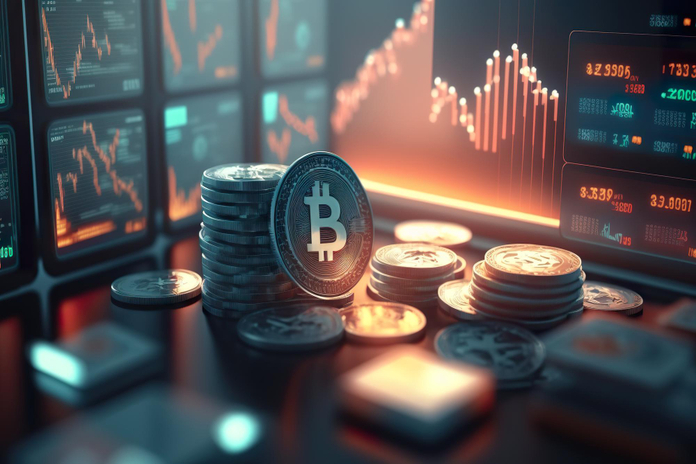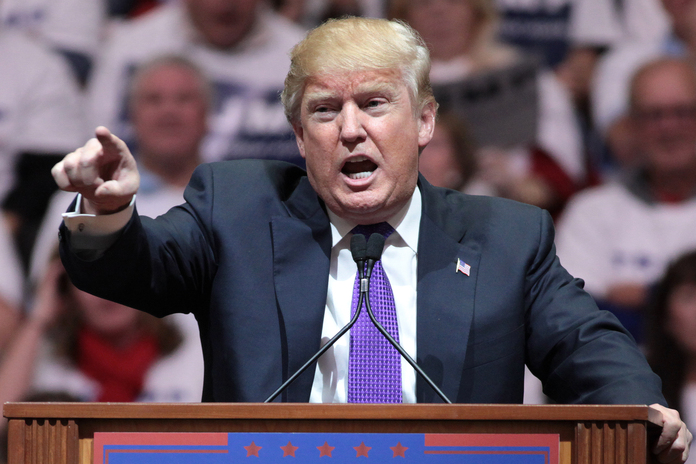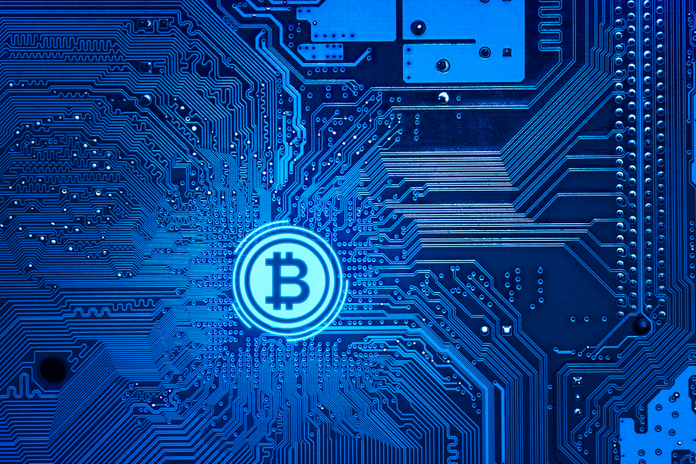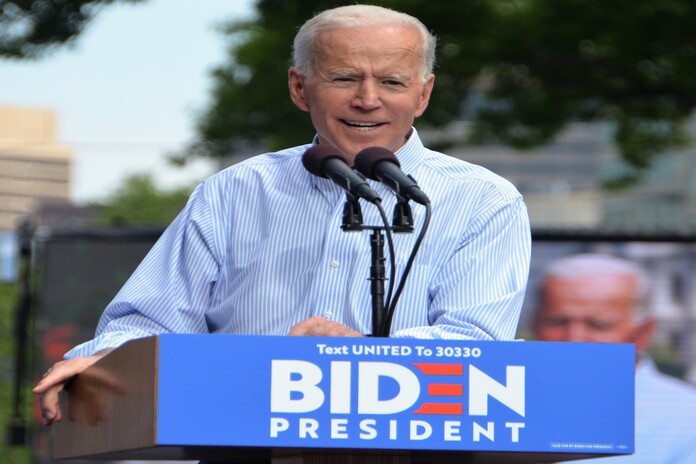Swan Bitcoin Cancels IPO, Cuts Staff, Shuts Mining
This post was originally published on this site

Swan Bitcoin, a notable Bitcoin financial services firm, has announced significant strategic shifts, including the cancellation of its initial public offering plans, discontinuation of its managed mining unit, and substantial staff reductions across several units. This move reflects the company’s response to the evolving challenges within the Bitcoin mining industry and its broader financial strategy.
Cancellation of IPO Plans
Swan Bitcoin’s decision to cancel its IPO was officially communicated by CEO Cory Klippsten via social media. In a post on X (formerly Twitter), Klippsten explained that without the expectation of significant near-term revenue from their Managed Mining unit, the firm decided to withdraw its plans to go public in the near future. This pivot comes at a critical time when the firm had previously announced intentions to go public within the next 12 months.
“Without the expectation of significant near-term revenue from our Managed Mining unit, we are pulling our plans to IPO in the near future,” Klippsten stated. This decision underscores the need for Swan Bitcoin to recalibrate its financial strategies in light of changing market conditions.
Shutting Down Managed Mining Unit
The managed mining unit, which had been a significant part of Swan Bitcoin’s operations, is being shut down. This unit had boasted considerable computing power, with 160 megawatts (MW) or 4.5 exahash per second (EH/s) of computing capacity. Despite this substantial infrastructure, the recent Bitcoin halving, which reduced block rewards by half, has made the mining landscape increasingly competitive and less profitable.
Moreover, the emergence of spot Bitcoin exchange-traded funds has shifted investor interest away from direct mining operations, further squeezing profitability for miners. As a result, Swan Bitcoin’s managed mining unit, despite institutional backing and substantial investments, including support from Tether, could not sustain its operations.
Impact on Workforce and Business Strategy
The cessation of the managed mining unit and the cancellation of IPO plans have led to significant staff cuts across various functions within Swan Bitcoin. Klippsten acknowledged the difficult decisions made, stating, “Swan is pulling back from our accelerated spending plan for our core financial services business. Unfortunately, this includes staff cuts across many functions.”
These staff reductions are part of a broader strategy to streamline operations and focus on core financial services. Swan Bitcoin will continue to offer Bitcoin financial services and free Bitcoin education, as reaffirmed by Klippsten. This strategic pivot aims to consolidate the company’s strengths in financial services while navigating the current challenges in the mining sector.
Industry Context and Future Outlook
The decision by Swan Bitcoin comes amidst a challenging period for the Bitcoin mining industry. The recent Bitcoin halving has halved block rewards, increasing competition and reducing profitability for miners. Additionally, the availability of Bitcoin ETFs has diverted capital away from traditional mining operations. Many miners are now exploring alternative revenue streams, such as pivoting their infrastructure to support artificial intelligence and cloud computing services.
Despite the harsh conditions, several private miners are still pursuing IPOs, spurred by Bitcoin’s record highs earlier this year. Companies like Genesis Digital Assets and units of Northern Data are reportedly planning to go public, indicating that the industry still holds opportunities for growth and investment.
For Swan Bitcoin, the focus will be on stabilizing its core business and leveraging its expertise in Bitcoin financial services. The company’s ability to adapt to market changes and strategically pivot its operations will be crucial in maintaining its position in the evolving crypto landscape.
Conclusion
Swan Bitcoin’s decision to cancel its IPO, shut down its managed mining unit, and reduce its workforce marks a significant shift in its business strategy. The firm is refocusing on its core financial services amidst challenging industry conditions. As the company navigates these changes, its commitment to providing Bitcoin financial services and education remains steadfast. The future success of Swan Bitcoin will depend on its adaptability and strategic decisions in the face of an evolving market.
Featured Image: Freepik










